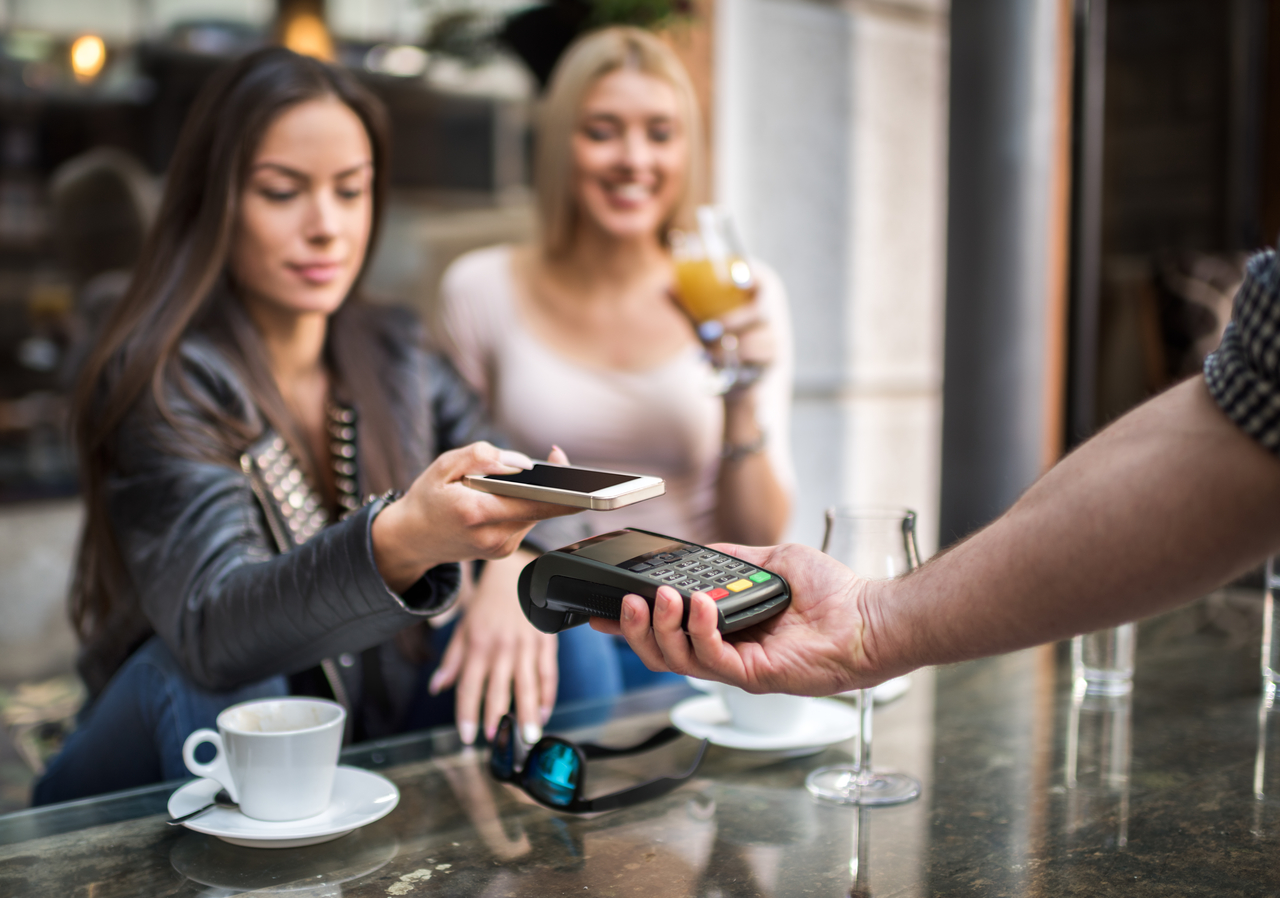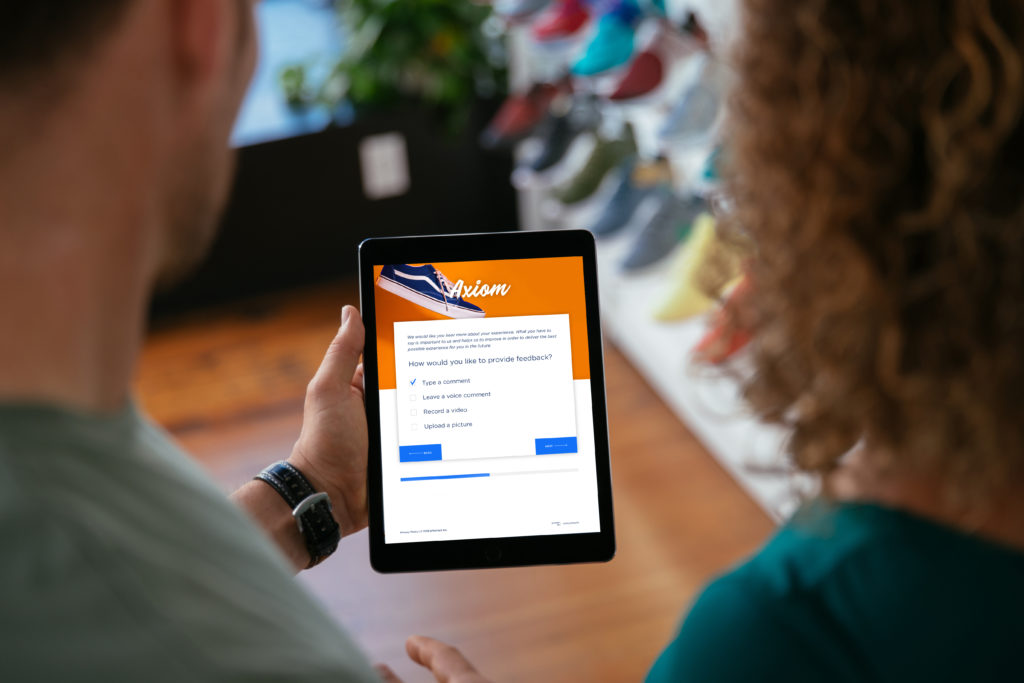How Would You Rate Your Experience? A Primer on Transactional Surveys
I’ve seen organizations use transactional surveys to learn everything about their customers’ short-term brand experience, including ease-of-purchase and how quickly that package actually arrived. Customers keep a company going—it literally pays to listen to them.
Surveys are one of the most direct and effective means of gathering insights. They provide what many customers crave most: an easy-to-access platform they can use to voice their thoughts and opinions about a brand.
To make this process as efficient as possible (and to make it simpler for companies to source different kinds of feedback), several types of surveys have emerged over the years that make it easy to focus on customers’ opinions about transactions, brand relationships, and the like. I’ve found one such questionnaire, the transactional survey, to be an invaluable tool for assessing almost any customer touchpoint. Let’s briefly discuss how it works.
What Are Transactional Surveys? How Are They Used?
Transactional surveys can be used to gauge many touchpoints, but the one they’re typically associated with (and the one they’re named for) is a key part of the brand experience: the sale. In my experience, transactional surveys are an ideal way to gauge customers’ immediate feelings about a purchase because they can be used to solicit feedback quickly. Below is an example of a post-transaction survey in action:

I’ve seen organizations use this tool to learn everything about their customers’ short-term brand experience, including ease-of-purchase and how quickly that package actually arrived. Customers keep a company going—it literally pays to listen to them.
Using Transactional Surveys in the Call Center
Transactional surveys are a great way for customers to gauge purchases, but their utility extends far beyond the point of sale. I’ve also seen them be useful for evaluating call center experiences.
Poor call center interactions can quickly land an organization in a sea of bad reviews, but transactional surveys can provide an opportunity to ensure smooth operations, source invaluable feedback, and demonstrate that a company cares about their customer experience. Because surveys can be used to gather all of these insights quickly, I’ve found them to be a valuable tool for streamlining both customer experiences and feedback.
Using Transactional Surveys Online
Whether a customer is browsing an about page or trying to file a product claim, transactional surveys can easily be incorporated into website feedback tools. Companies can implement just about any question at just about any website touchpoint, making it simple to quickly collect feedback about website language, page click orders, and a host of other user experience elements.
This type of feedback is where transactional surveys’ ability to deliver feedback in real time is especially helpful. Companies can be made aware of website flaws or customer complaints just after they occur, enabling product teams to correct mistakes and respond to feedback faster.
Survey Symbiosis: Leveraging Transactional Surveys in Your Feedback Strategy
There’s no better means of capturing immediate feedback about a short-term brand experience than with transactional surveys. Their speed, size, and ease of use make them an invaluable way to connect customers and organizations.
I also believe, though, that while transactional surveys provide plenty of valuable information on their own, there are other types of surveys that can deliver insights that are just as valuable for other purposes. Companies that blend multiple types of surveys into a single feedback strategy can gain a much richer portrait of their audience.
Regardless of how many kinds of surveys an organization uses, though, they’re all only as relevant as the action that companies take with them. Proactivity and a willingness to act on feedback are the keys to whether a survey strategy is ultimately successful. That’s no less true for transactional surveys than for any other insight-gathering tool.
If you would like to learn more about transactional surveys—and how you can pair them with relationship surveys—check out “Uniting Transactional and Relationship Surveys to Capture the Entire Experience” today!




